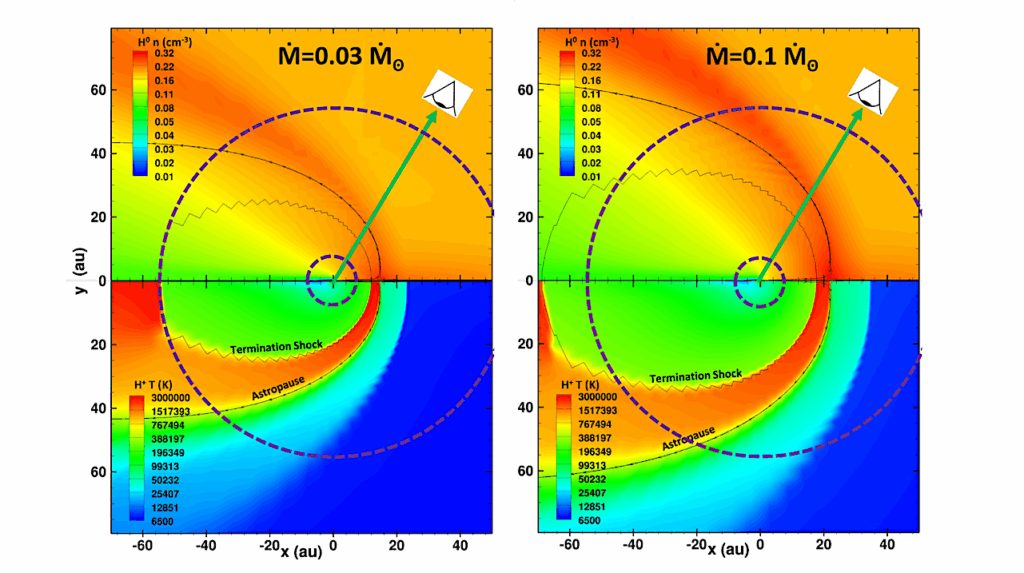An Integrative Analysis of the Rich Planetary System of the Nearby Star e Eridani: Ideal Targets For Exoplanet Imaging and Biosignature Searches

e Eridani, the fifth-closest Sun-like star, hosts at least three planets and could possibly harbor more. However, the veracity of the planet candidates in the system and its full planetary architecture remain unknown.
Here we analyze the planetary architecture of e Eridani via DYNAMITE, a method providing an integrative assessment of the system architecture (and possibly yet-undetected planets) by combining statistical, exoplanet-population level knowledge with incomplete but specific information available on the system. DYNAMITE predicts the most likely location of an additional planet in the system based on the Kepler population demographic information from more than 2000 planets.
Additionally, we analyze the dynamical stability of e Eridani system via N-body simulations. Our DYNAMITE and dynamical stability analyses provide support for planet candidates g, c, and f, and also predict one additional planet candidate with an orbital period between 549 — 733 days, in the habitable zone of the system.
We find that planet candidate f, if it exists, would also lie in the habitable zone. Our dynamical stability analysis also shows that the e Eridani planetary eccentricities, as reported, do not allow for a stable system, suggesting that they are lower.
We introduce a new statistical approach for estimating the equilibrium and surface temperatures of exoplanets, based on a prior on the planetary albedo distribution. e Eridani is a rich planetary system with a possibility of containing two potentially habitable planets, and its vicinity to our Solar System makes it an important target for future imaging studies and biosignature searches.
Ritvik Basant, Jeremy Dietrich, Daniel Apai
Comments: 27 Pages, 13 Figures, 5 Tables, Accepted for Publication in AJ
Subjects: Earth and Planetary Astrophysics (astro-ph.EP); Instrumentation and Methods for Astrophysics (astro-ph.IM)
Cite as: arXiv:2205.06250 [astro-ph.EP] (or arXiv:2205.06250v1 [astro-ph.EP] for this version)
Submission history
From: Ritvik Basant
[v1] Thu, 12 May 2022 17:50:08 UTC (1,841 KB)
https://arxiv.org/abs/2205.06250
Astrobiology








